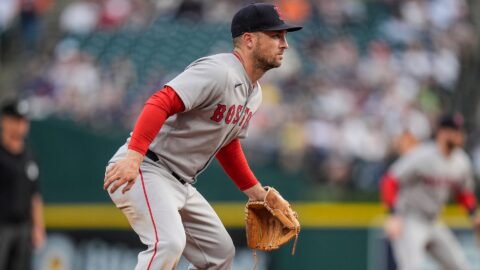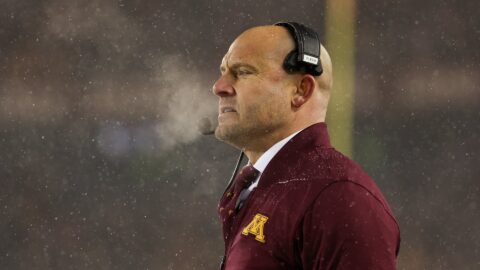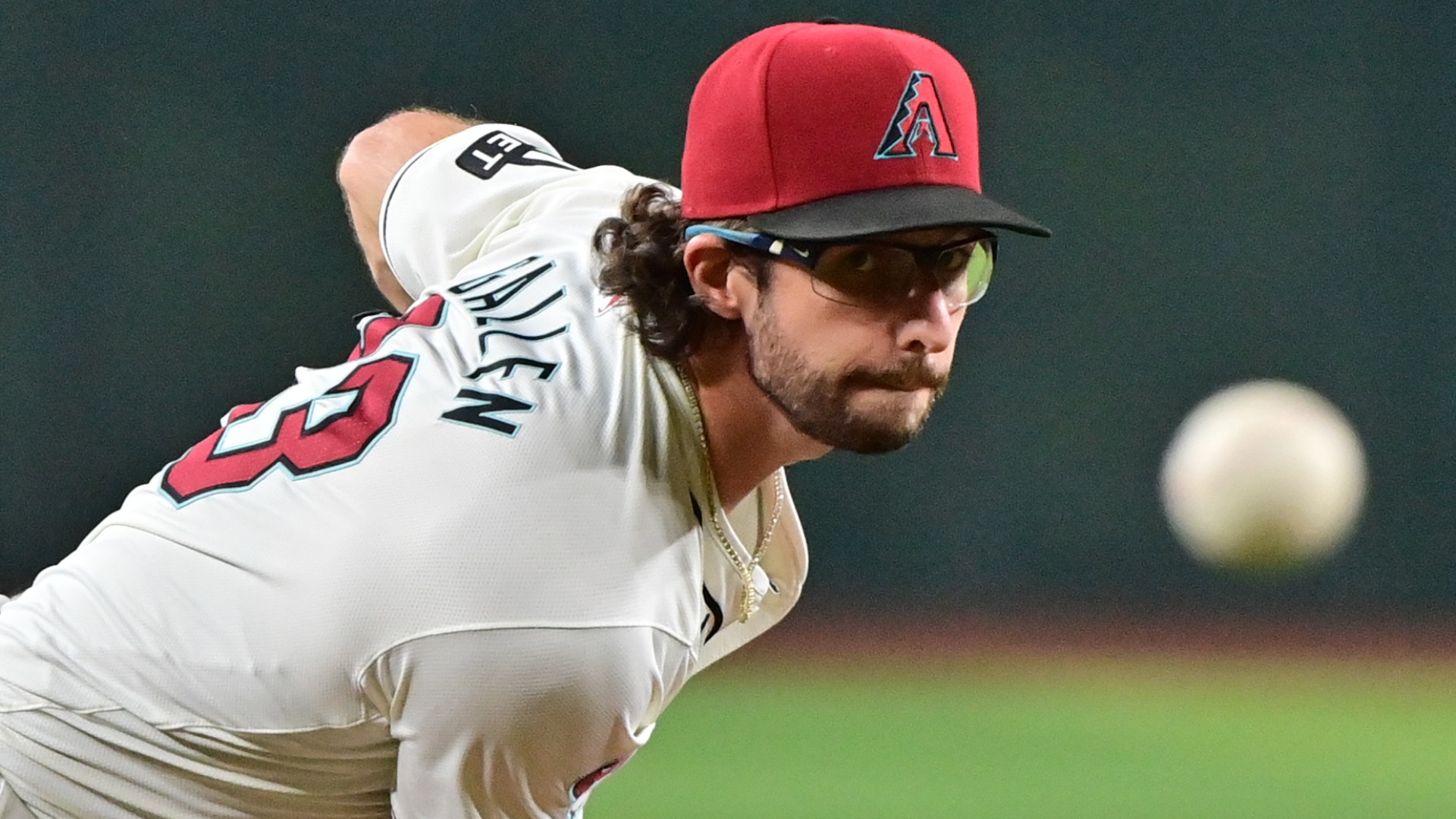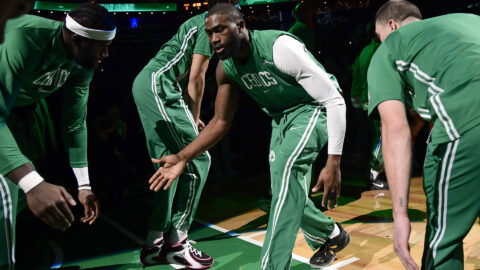The next person who writes “Dan Uggla” and “Joe DiMaggio” together in the same sentence or headline needs a firm talking-to.
As MLB.com noted Sunday after the Braves second baseman extended his hitting streak to 28 (now 29) consecutive games, Uggla was “halfway to matching the Major League record DiMaggio set with a 56-game hitting streak in 1941.”
As a matter of fact, that is true. By simple numbers, 28 is half of 56.
To imply that the two streaks, or the two players, are linked in any way, however, is a different story.
DiMaggio’s streak has captured fans’ attention for decades. The excitement surrounding his streak has been expertly chronicled in books such as Joe DiMaggio: A Hero’s Life and 56. It was an exciting time for baseball, which helped provide a distraction from the constant headlines of war in Europe.
Some historians have made the case that the man, not the accomplishment, made the streak a big deal. Few spoke of Wee Willie Keeler‘s 44-game streak with reverence before the graceful DiMaggio eclipsed it. If Phillies shortstop Jimmy Rollins or Brewers third baseman Paul Molitor had a few more hits fall in, it’s unlikely the streak would have the same legacy.
Regardless, when DiMaggio put together his streak, he was a superstar and an outstanding hitter. He had made the All-Star team all five years of his career to that point and he was the American League’s Most Valuable Player two years before. During his streak, DiMaggio batted .408 with a .717 slugging average, according to Baseball Almanac, and he concluded that season batting .357 and took home the MVP award.
Uggla, by contrast, is a former All-Star but not a superstar, and despite high home run and RBI totals and a Silver Slugger award last season, he is a .258 career hitter. During his current 29-game streak, Uggla is batting .354 with a .413 on-base percentage and .717 slugging average. In other words, his OBP is just five points higher than DiMaggio’s batting average during their streaks.
Uggla’s streak, which began July 5, includes 21 one-hit games. He’s increased his batting average from .173 (worst in the majors) to a full .220 since the streak began. He’s been intentionally walked once in those 29 games, which shows that despite the streak, opponents are not scared of Uggla’s bat. Not in the slightest.
Baseball loves streaks, for whatever reason. Lou Gehrig and Cal Ripken Jr. are arguably the best players ever at their respective positions, yet the numbers they’re most often associated with are 2,130 and 2,632 — the number of consecutive games each played. Most fans know Orel Hershiser pitched 59 1/3 consecutive scoreless innings, but how many are aware he was 23-8 with a 2.26 earned run average, threw 15 complete games and had an obscenely low 1.052 WHIP in 1988, the season he mounted the streak?
The same season as DiMaggio’s run, his streak distracted from Red Sox left fielder Ted Williams‘ run to a .406 batting average. Nobody at the time had achieved a .400 average since Bill Terry batted .401 for the New York Giants in 1930. A .400 average wasn’t as rare as a 40-game hit streak, but it was far from a normal occurrence.
Williams never had a hit streak that approached 56 games — his longest was 23 games — but he had seven streaks of 12 games or more in his career in which he batted at least .413. In 1941, he had an 88 at-bat stretch in which he had 43 hits, six home runs, 24 RBIs and struck out three times. Sandwiched between those 88 at-bats, he walked 20 times, so who knows how many hits and RBIs he might have had if the other team had pitched to him?
Still, there’s no “chase” for a batting average. Other than the final game of the year, there’s not a point for the team to stop play mid-game, announce the achievement and let the player dof his cap. (Whether Teddy Ballgame would have doffed his cap is a different story.) So DiMaggio’s streak took precedence in the public imagination, and 70 years later, a below-average NL second baseman gets a few lucky 1-for-4 games and suddenly we’re comparing him to one of the greatest players who ever lived.
It may be too much to ask baseball fans to stop paying so much attention to meaningless streaks, but it shouldn’t be too much to ask them to refrain from treating Uggla’s streak as more than what it is: A blip in the radar that will soon disappear, and Uggla will go back to hitting like Mario Mendoza.



